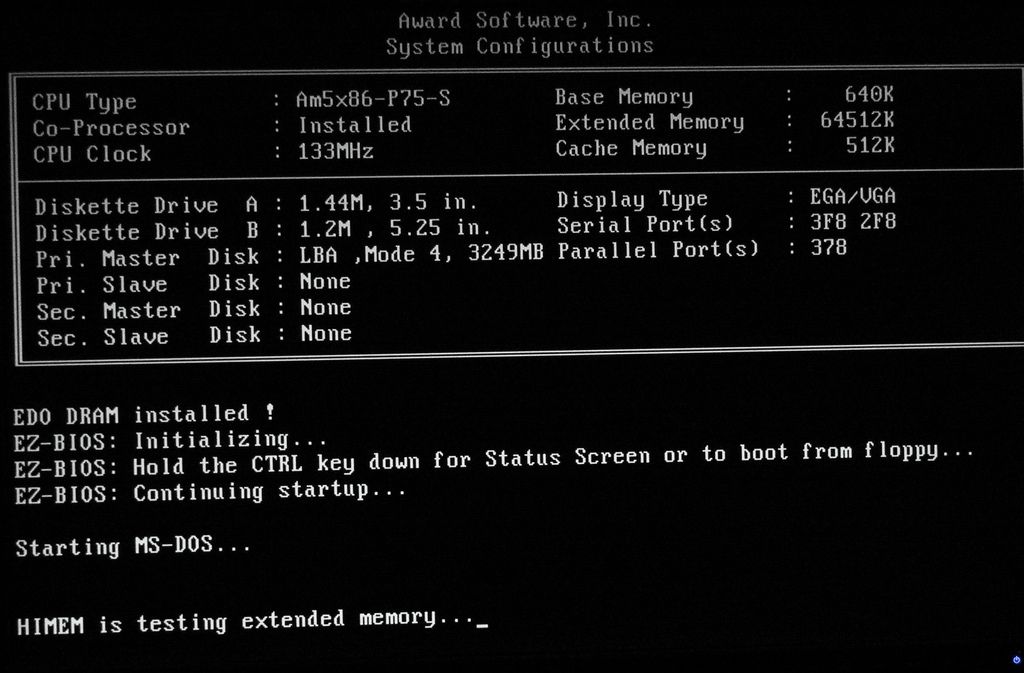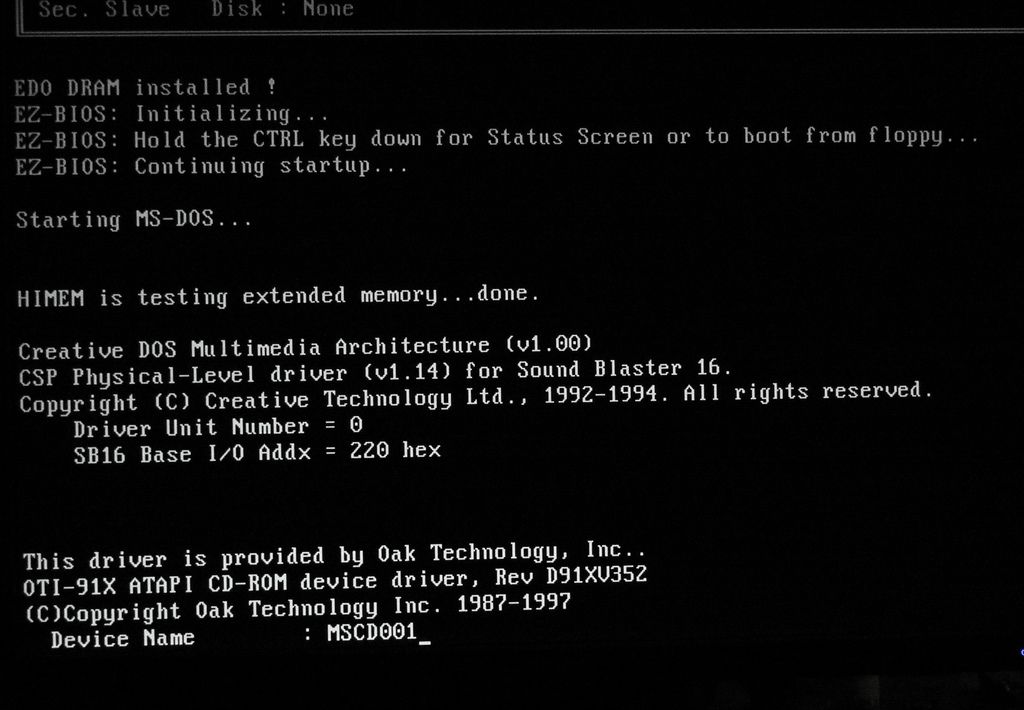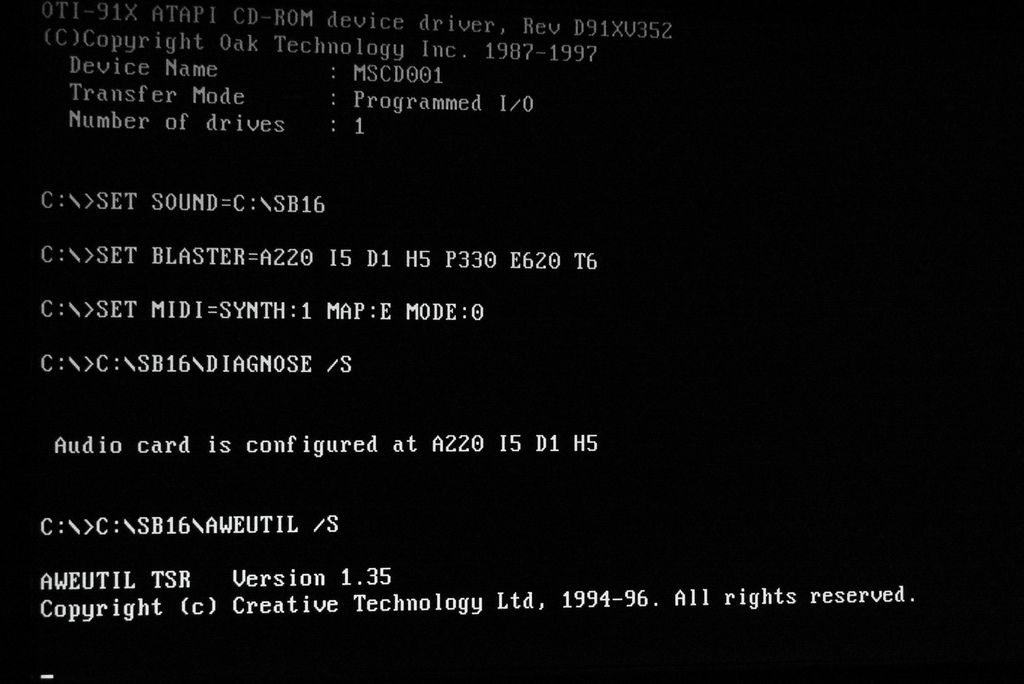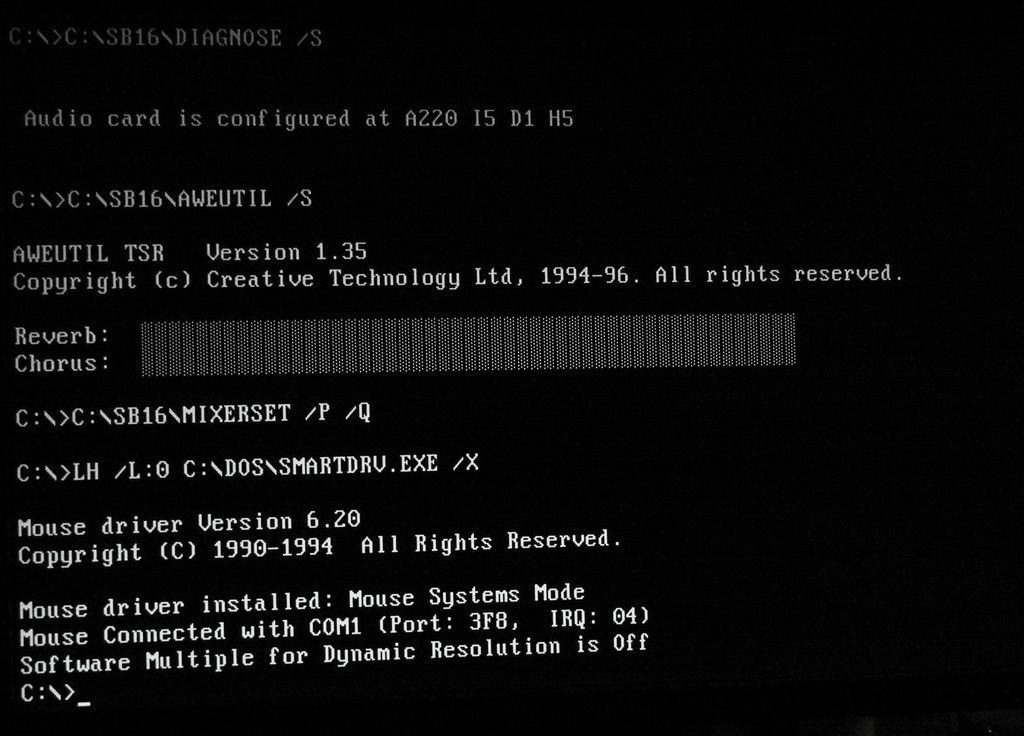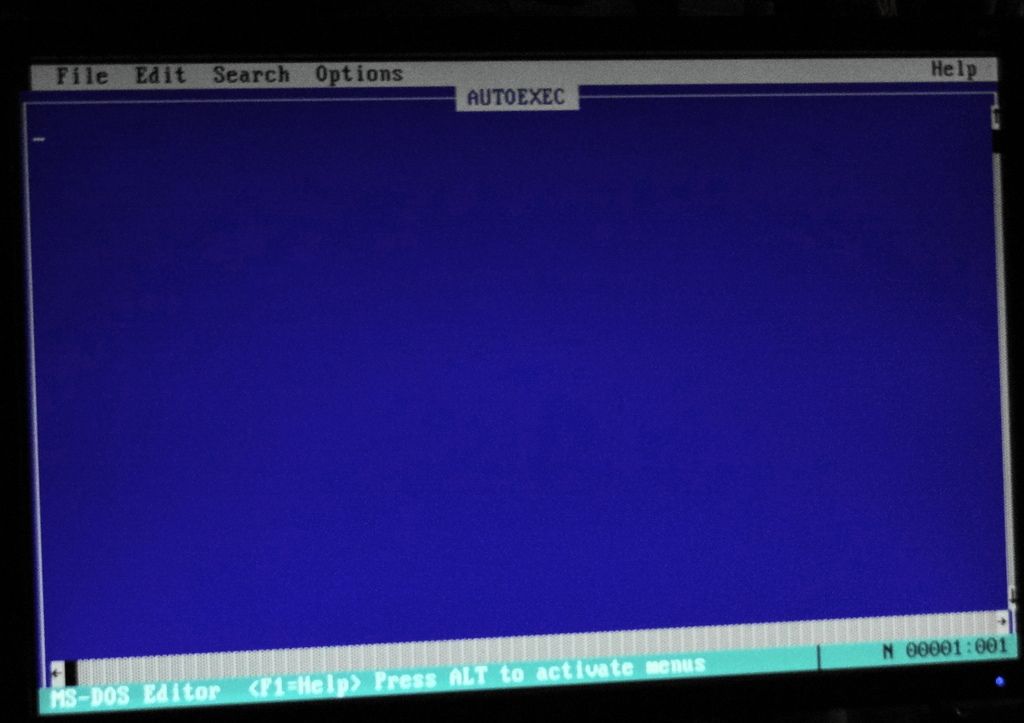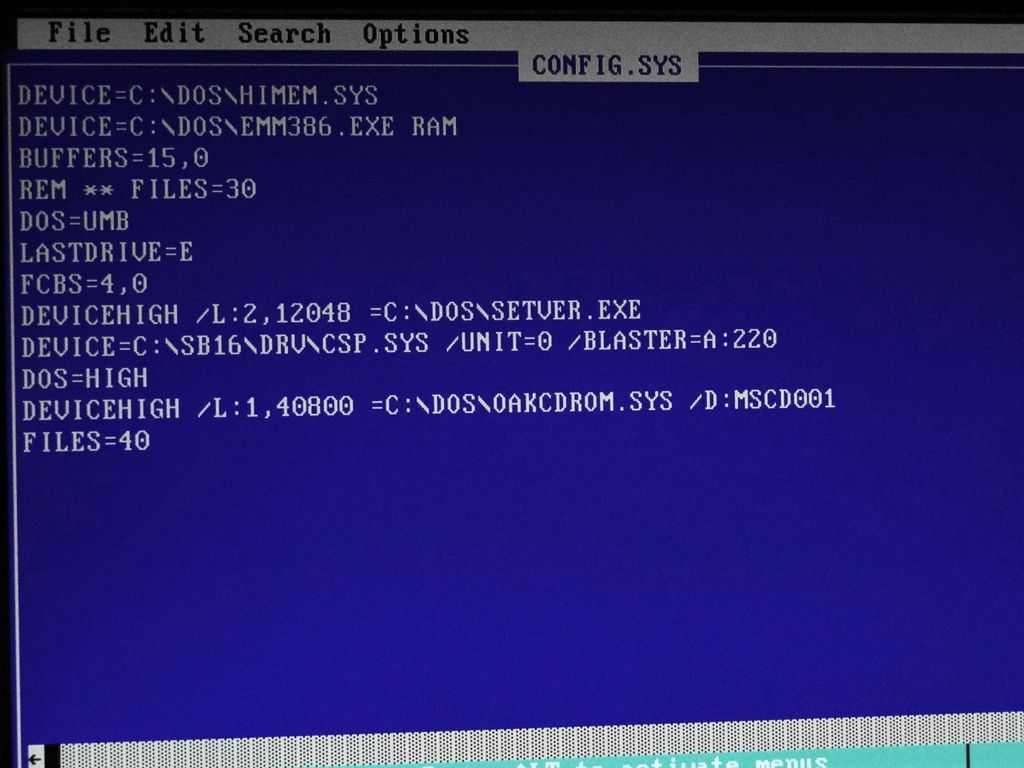First post, by Turboman
- Rank
- Member
I can't seem to get any of my COM ports to work on my MB-8433UUD, so far I have tried two different ports and they don't respond when testing a mouse. I've got a box of them from various PCs that have been scrapped over the years. Aren't these serial ports and parallel ports standard on most boards?
Second, it's been a very long time since I've set up a DOS PC and I'm a bit rusty at this. I need help setting this up correctly. I want to have a serial mouse since I can't use the PS2 port in my AT case, AWE32 CT2670, and CD ROM, I got the CD ROM working but after I installed the Sound Blaster floppy disk my Autoexec is now blank and my CD ROM won't work anymore I don't get what happened. Also at first when I tried to install the driver it told me I didn't have enough memroy so I ram Memmaker and just followed the keys. The drivers I used were from Sound Blaster website, I don't know if they are the right ones because when installing it said SB16.
If I used the wrong drivers can anyone tell me which ones I should use? and if anyone could tell me how my Autoexec and Configsys should look and things I should have installed and not installed it be appreciated, thanks guys.
